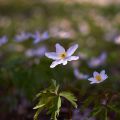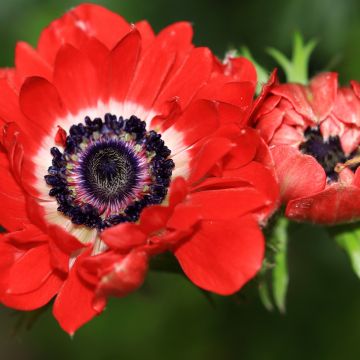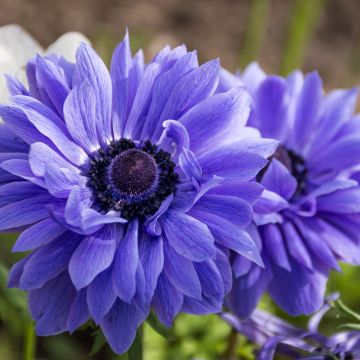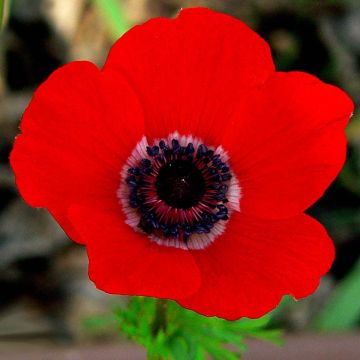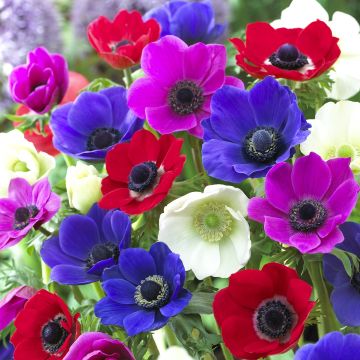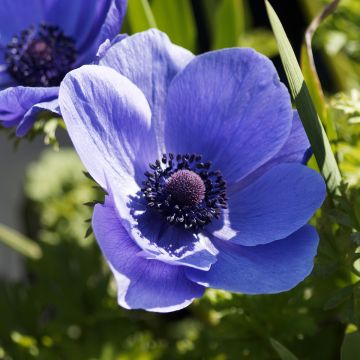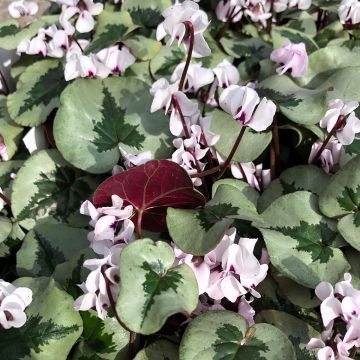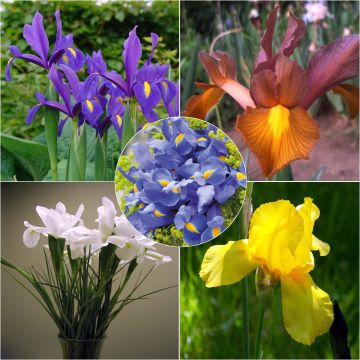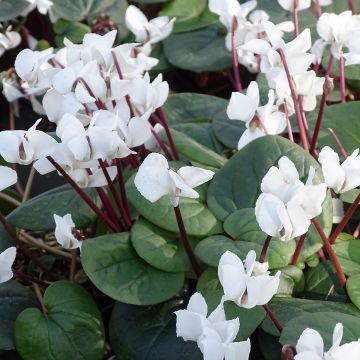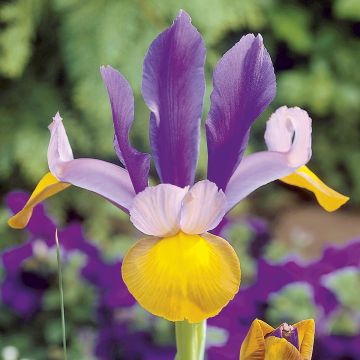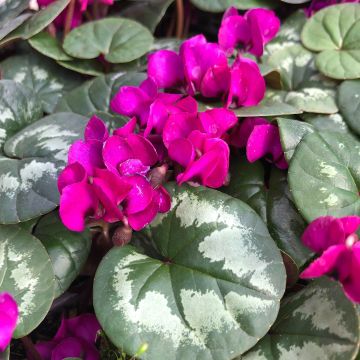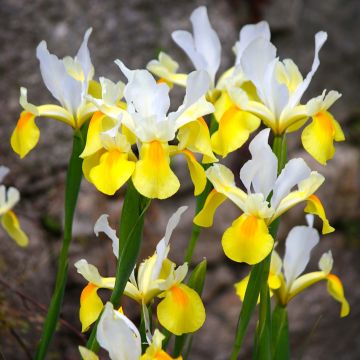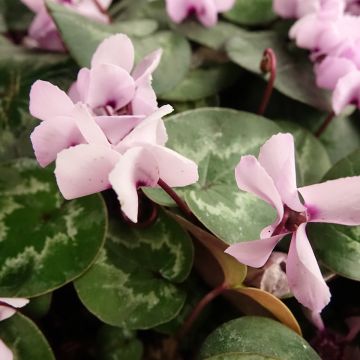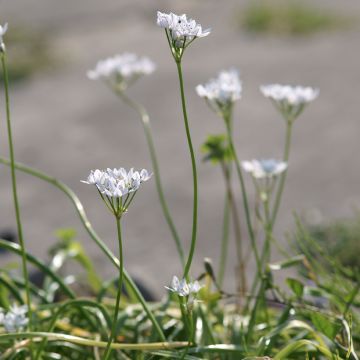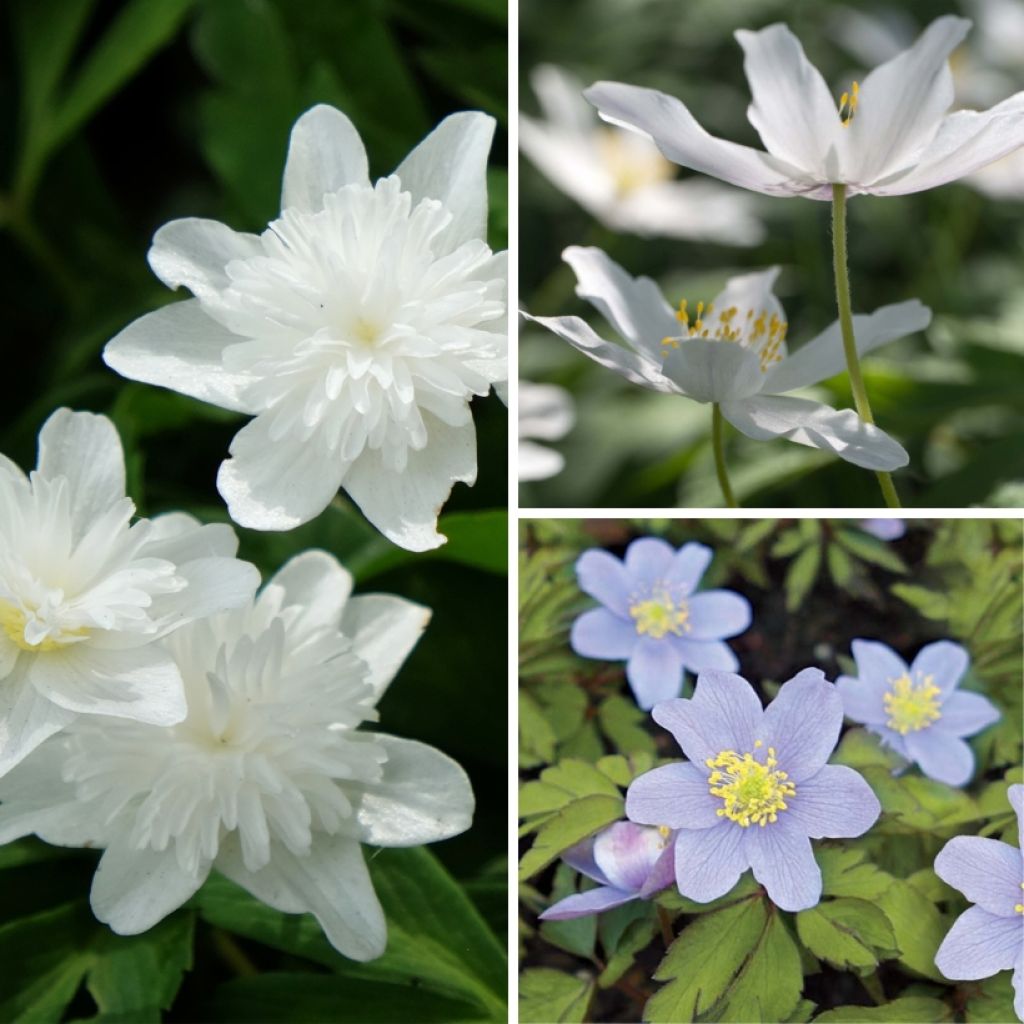

Wood Anemone Collection
Wood Anemone Collection
Anemone nemorosa sp., Vestal, Robinsoniana
This plant carries a 6 months recovery warranty
More information
We guarantee the quality of our plants for a full growing cycle, and will replace at our expense any plant that fails to recover under normal climatic and planting conditions.
From €5.90 for pickup delivery and €6.90 for home delivery
Express home delivery from €8.90.
Does this plant fit my garden?
Set up your Plantfit profile →
Collection items (16 plants)
Description
We offer a collection of wood anemones bulbs to decorate the shaded and cool areas of your garden. These small wild plants will delight you with their charm and delicate flowering from March to April, with single or double cups in white, pink, or lavender blue. Emerging from beautifully cut foliage, each flower opens to the light and follows the direction of the sun. It closes in the evening or in case of rain, gracefully tilting to the side. All the flowers are oriented in the same way, forming a particularly harmonious carpet.
This Collection consists of:
10 x Anemone nemorosa: the species type, vigorous, with white or sometimes pink flowers.
3 x Anemone nemorosa 'Vestal': a selection with double white flowers, awarded in England by the Royal Horticultural Society for its ornamental qualities and performance in the garden.
3 x Anemone nemorosa 'Robinsoniana': a variety with large pale lavender blue star-shaped flowers and cream-grey undersides.
Plant them in autumn, spacing them 30 cm (12in) apart, in soil rich in humus or compost that doesn't dry out too much in summer. Wood anemones provide good ground cover for all areas of the garden where shade prevails over light. You can use them at the base of hedges, shrubs, and deciduous trees, as well as in shaded borders. Combine them with woodruffs, forget-me-nots, winter aconites, and lily of the valley, as all these plants appreciate the same environments.
In nature, wood anemones grow and flower in spring, when trees are still bare. They complete their growing cycle in summer when their leaves disappear, which coincides with their dormancy period. This is the best time to plant them under trees or at the base of hedges. They are not afraid of competition from the roots of trees and shrubs.
Report an error about the product description
Plant habit
Flowering
Foliage
Botanical data
Anemone
nemorosa
sp., Vestal, Robinsoniana
Ranunculaceae
Cultivar or hybrid
Other Anemone
Planting and care
The Anemone nemorosa thrives in partial shade, under a leafy canopy. It can tolerate (non-scorching) sunlight in slightly moist soil. Plant it in fairly rich, humus-bearing, moderately fertile and not too dry, but well-drained soil in the summer. An ideal mix would be a combination of compost and peat soil. Allow the Anemone to naturalise. At the beginning of the growing season, provide it with sfor flowering plants. The soil should not remain waterlogged for long periods as this can lead to the rotting of tubercles. This plant is susceptible to leaf eelworms and occasionally to anemone smut. It can also be affected by black spot disease and powdery mildew, as well as caterpillars and slugs.
When planting, the Wood Anemone comes as a segment of rootstock approximately 2 cm (1in) long and 2 mm (0.05 in) in diameter, packaged in a small peat-filled pouch. The appearance of a "small piece of root" or "twig" can be confusing the first time you plant it. However, it will establish very well!
Planting period
Intended location
Care
This item has not been reviewed yet - be the first to leave a review about it.
Small Spring Bulbs
Haven't found what you were looking for?
Hardiness is the lowest winter temperature a plant can endure without suffering serious damage or even dying. However, hardiness is affected by location (a sheltered area, such as a patio), protection (winter cover) and soil type (hardiness is improved by well-drained soil).

Photo Sharing Terms & Conditions
In order to encourage gardeners to interact and share their experiences, Promesse de fleurs offers various media enabling content to be uploaded onto its Site - in particular via the ‘Photo sharing’ module.
The User agrees to refrain from:
- Posting any content that is illegal, prejudicial, insulting, racist, inciteful to hatred, revisionist, contrary to public decency, that infringes on privacy or on the privacy rights of third parties, in particular the publicity rights of persons and goods, intellectual property rights, or the right to privacy.
- Submitting content on behalf of a third party;
- Impersonate the identity of a third party and/or publish any personal information about a third party;
In general, the User undertakes to refrain from any unethical behaviour.
All Content (in particular text, comments, files, images, photos, videos, creative works, etc.), which may be subject to property or intellectual property rights, image or other private rights, shall remain the property of the User, subject to the limited rights granted by the terms of the licence granted by Promesse de fleurs as stated below. Users are at liberty to publish or not to publish such Content on the Site, notably via the ‘Photo Sharing’ facility, and accept that this Content shall be made public and freely accessible, notably on the Internet.
Users further acknowledge, undertake to have ,and guarantee that they hold all necessary rights and permissions to publish such material on the Site, in particular with regard to the legislation in force pertaining to any privacy, property, intellectual property, image, or contractual rights, or rights of any other nature. By publishing such Content on the Site, Users acknowledge accepting full liability as publishers of the Content within the meaning of the law, and grant Promesse de fleurs, free of charge, an inclusive, worldwide licence for the said Content for the entire duration of its publication, including all reproduction, representation, up/downloading, displaying, performing, transmission, and storage rights.
Users also grant permission for their name to be linked to the Content and accept that this link may not always be made available.
By engaging in posting material, Users consent to their Content becoming automatically accessible on the Internet, in particular on other sites and/or blogs and/or web pages of the Promesse de fleurs site, including in particular social pages and the Promesse de fleurs catalogue.
Users may secure the removal of entrusted content free of charge by issuing a simple request via our contact form.
The flowering period indicated on our website applies to countries and regions located in USDA zone 8 (France, the United Kingdom, Ireland, the Netherlands, etc.)
It will vary according to where you live:
- In zones 9 to 10 (Italy, Spain, Greece, etc.), flowering will occur about 2 to 4 weeks earlier.
- In zones 6 to 7 (Germany, Poland, Slovenia, and lower mountainous regions), flowering will be delayed by 2 to 3 weeks.
- In zone 5 (Central Europe, Scandinavia), blooming will be delayed by 3 to 5 weeks.
In temperate climates, pruning of spring-flowering shrubs (forsythia, spireas, etc.) should be done just after flowering.
Pruning of summer-flowering shrubs (Indian Lilac, Perovskia, etc.) can be done in winter or spring.
In cold regions as well as with frost-sensitive plants, avoid pruning too early when severe frosts may still occur.
The planting period indicated on our website applies to countries and regions located in USDA zone 8 (France, United Kingdom, Ireland, Netherlands).
It will vary according to where you live:
- In Mediterranean zones (Marseille, Madrid, Milan, etc.), autumn and winter are the best planting periods.
- In continental zones (Strasbourg, Munich, Vienna, etc.), delay planting by 2 to 3 weeks in spring and bring it forward by 2 to 4 weeks in autumn.
- In mountainous regions (the Alps, Pyrenees, Carpathians, etc.), it is best to plant in late spring (May-June) or late summer (August-September).
The harvesting period indicated on our website applies to countries and regions in USDA zone 8 (France, England, Ireland, the Netherlands).
In colder areas (Scandinavia, Poland, Austria...) fruit and vegetable harvests are likely to be delayed by 3-4 weeks.
In warmer areas (Italy, Spain, Greece, etc.), harvesting will probably take place earlier, depending on weather conditions.
The sowing periods indicated on our website apply to countries and regions within USDA Zone 8 (France, UK, Ireland, Netherlands).
In colder areas (Scandinavia, Poland, Austria...), delay any outdoor sowing by 3-4 weeks, or sow under glass.
In warmer climes (Italy, Spain, Greece, etc.), bring outdoor sowing forward by a few weeks.


































